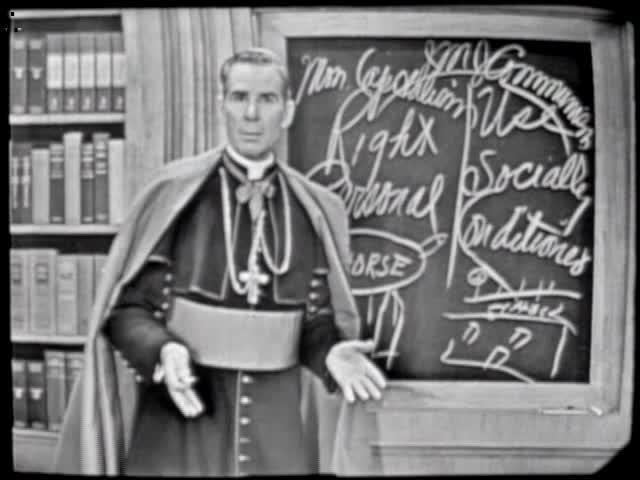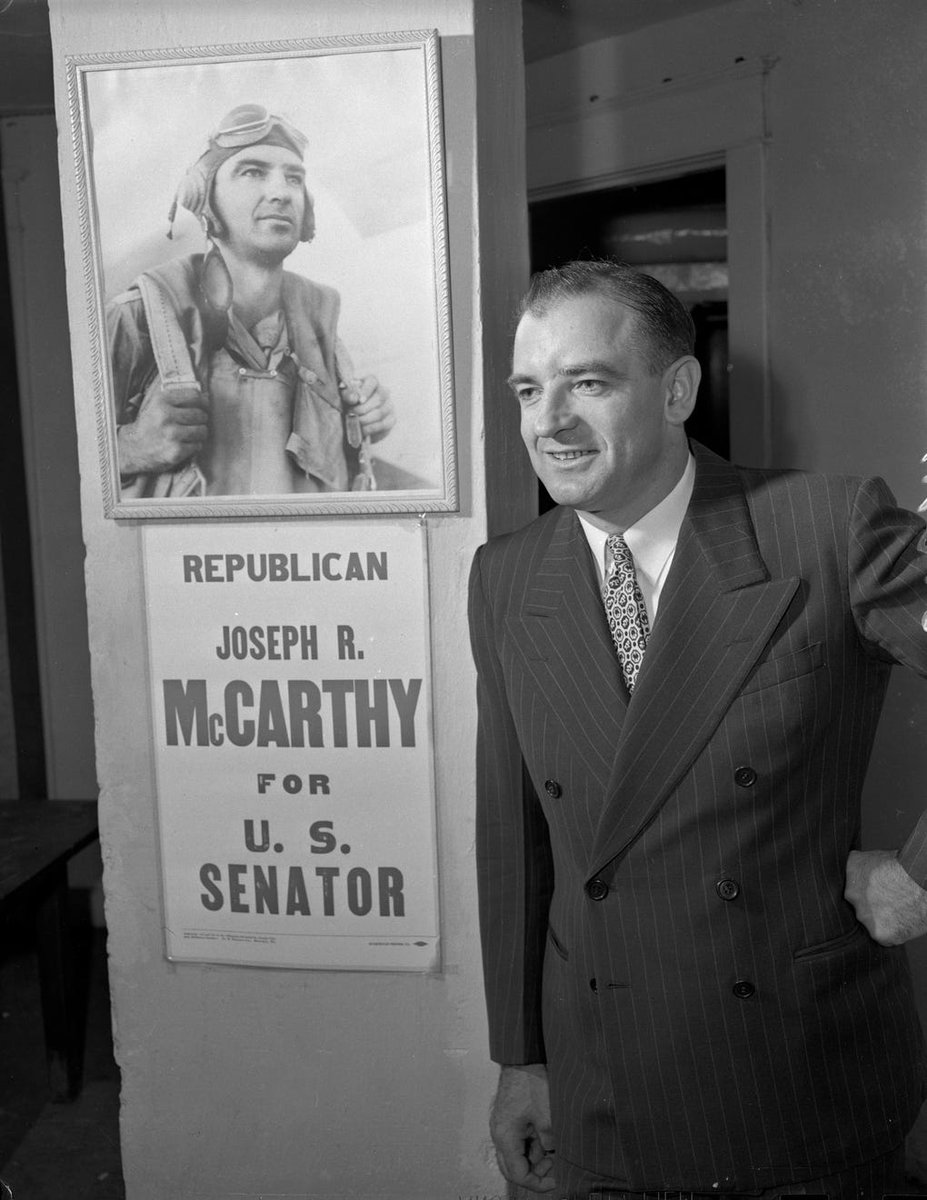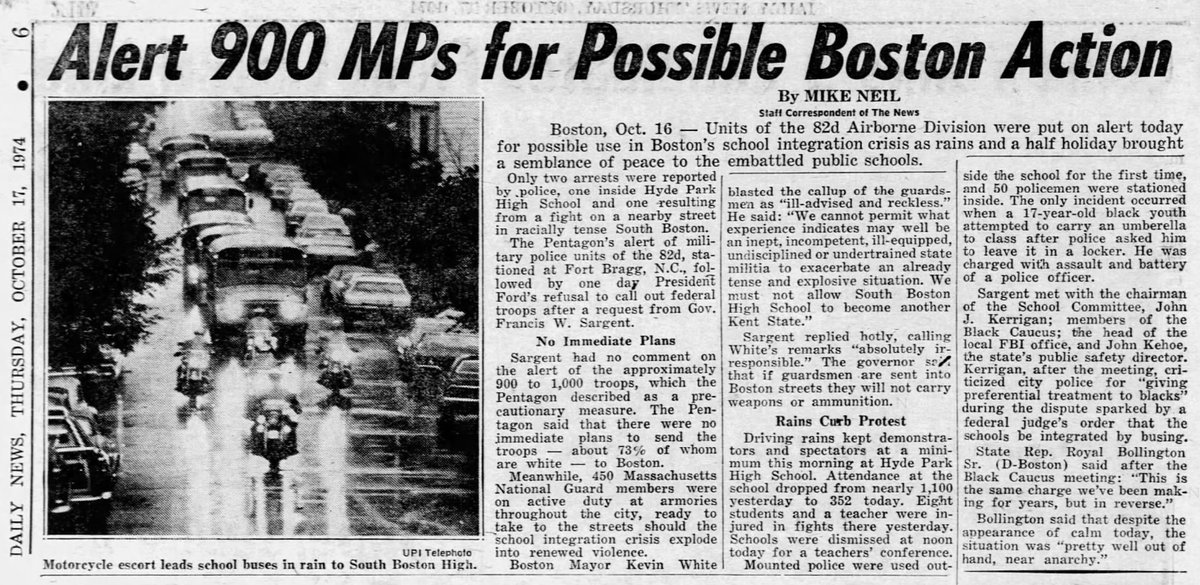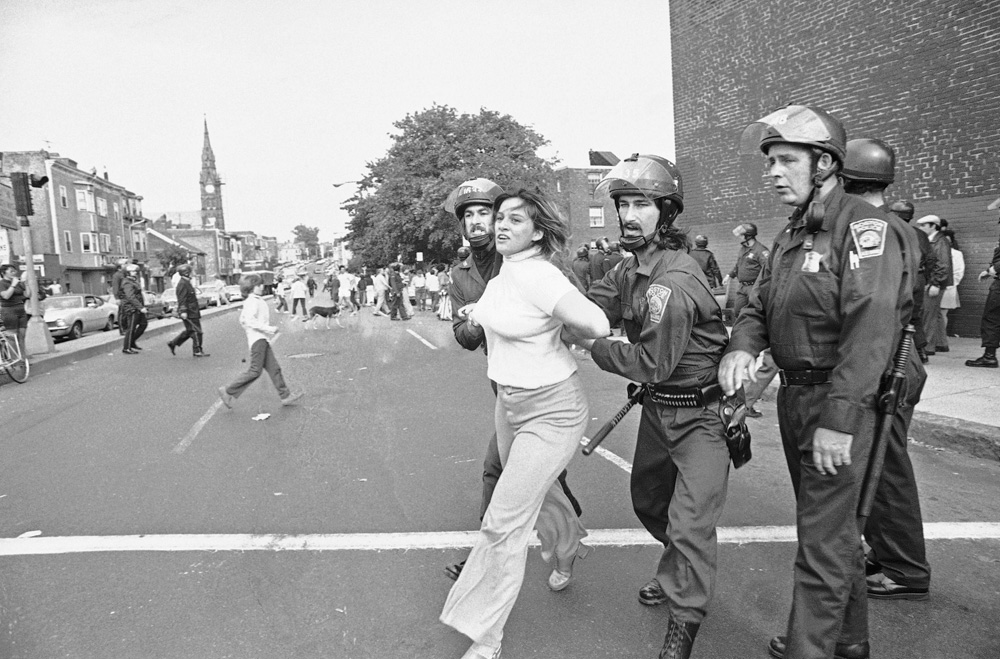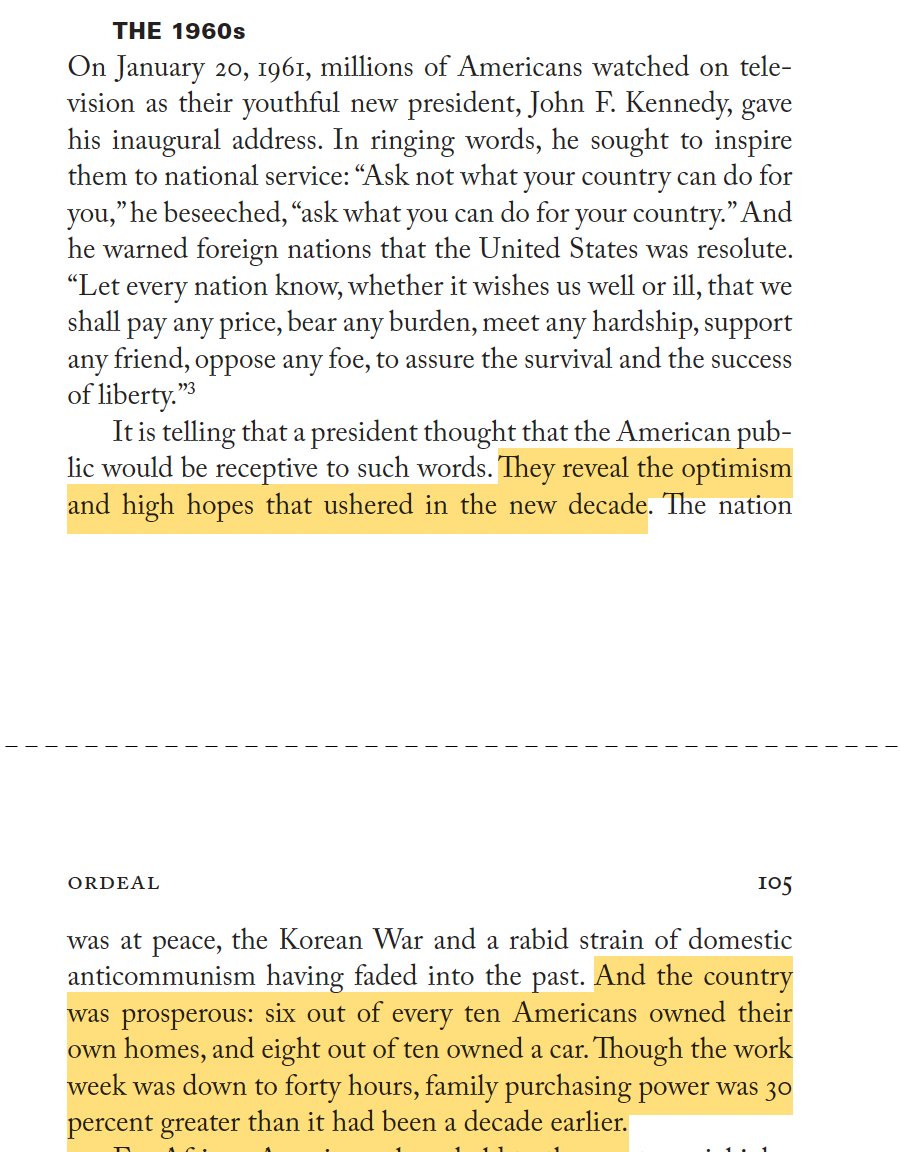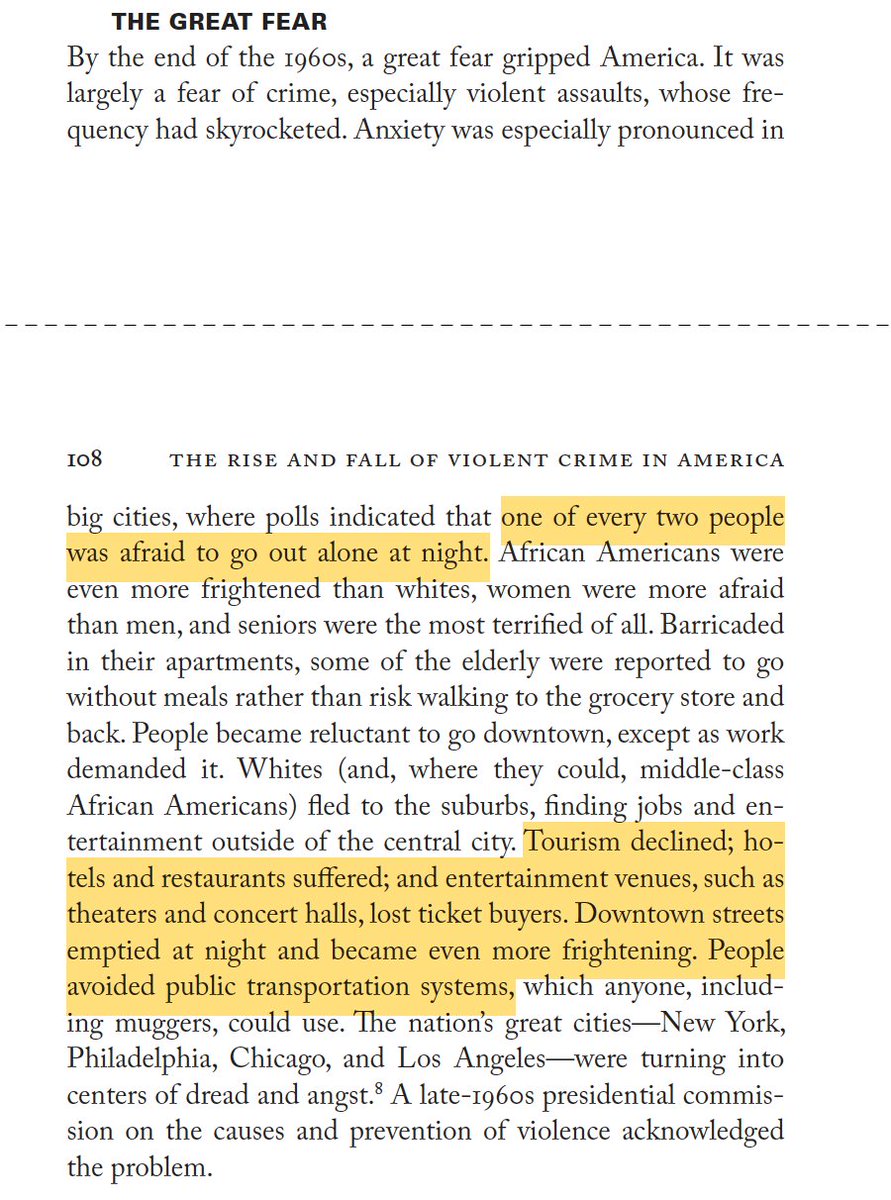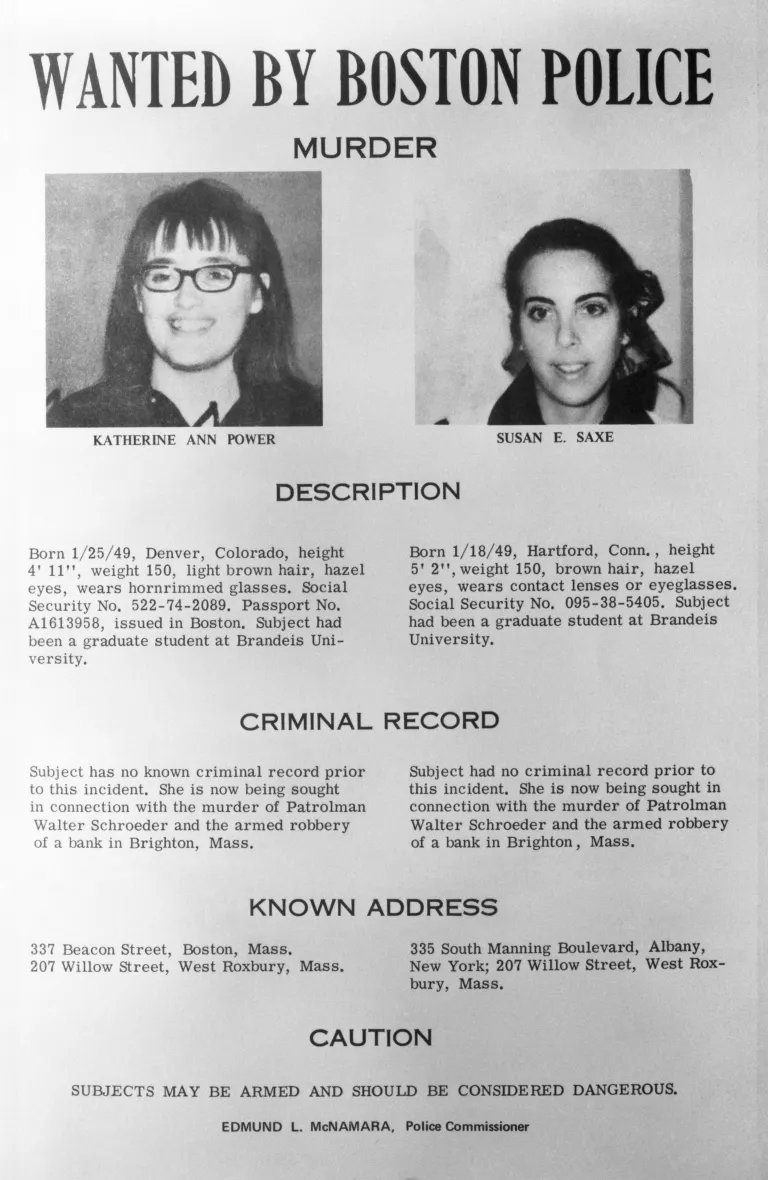In a 1999 essay, Tom Wolfe described how an academic mafia set out to destroy the brilliant evolutionary biologist Edward O. Wilson. This included hysterical attacks from his Harvard colleagues Stephen Jay Gould and Richard Lewontin - demonizing Wilson as a "Nazi in embryo." 🧵






Wilson’s crime in the eyes of his leftist colleagues was rejecting the idea of the “Blank Slate” – Theorizing that human traits and behaviors have evolved, genetic roots - That “nature” may play a more dominant role than “nurture.”




Wilson's enemies set out to "cancel" him. Gould and Lewontin teamed-up with the “Science for the People” to attack Wilson's theories. Protesters picketed his class at Harvard. At one conference a protester dumped a carafe of ice water over Wilson's head.






@Steve_Sailer notes that Wilson - an "Alabama country-boy bug collector" - fought back by "teaching himself in his late 40s to write like a literary intellectual." Wilson won a Pulitzer and many new admirers.






As Wolfe notes, the smear campaign backfired. Wilson went on to enjoy immense fame and prestige - "while Gould and Lewontin seethed ... and seethed."
Wilson triumphed. But unfortunately the deniers of human nature continued their successful long-march through the institutions.
Wilson triumphed. But unfortunately the deniers of human nature continued their successful long-march through the institutions.

For Tom Wolfe fans, I will add a few other threads based on his work. On the brilliant sculptor Frederick Elliott Hart:
https://x.com/s_decatur/status/1614669590822375425?s=20
Wolfe's observations on the ethnic, cultural, and religious roots of America’s revolution in computer and aerospace technology:
https://x.com/s_decatur/status/1609949761544638468?s=20
And from his 2000 essay "In the Land of the Rococo Marxists:"
https://x.com/s_decatur/status/1634268551769907201?s=20
• • •
Missing some Tweet in this thread? You can try to
force a refresh




